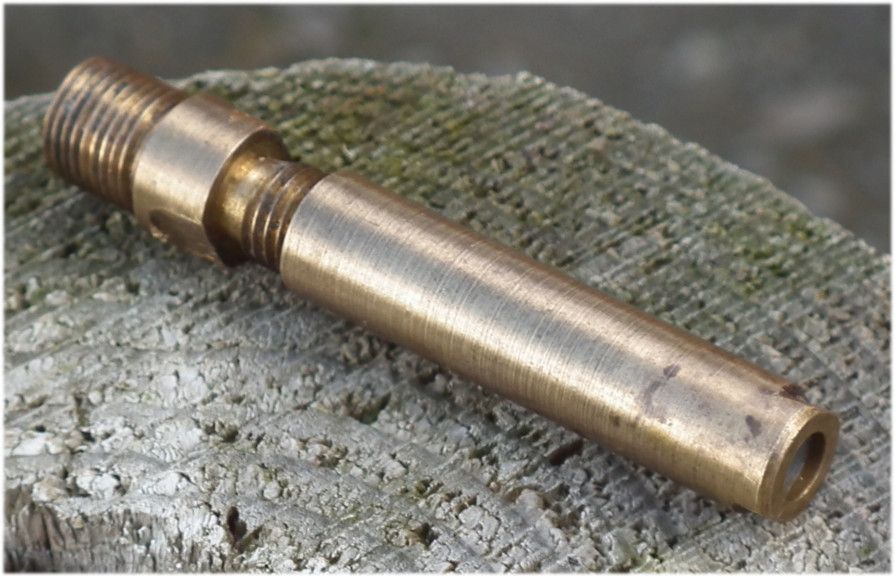I just happened to replace the spindle bearings on my fobco star today.
The quill/spindle contains a pair of angular contact bearings. I replaced mine with a pair of SKF 7202BEP (Replacing the old R&M LJT15's). The bottom bearing is fitted so the angular contact is made when pressing up on the base of the inner bearing race from the bottom, and the top one is placed in the opposite direction, so the angular contact is made when pressing down on the inner race from above. It does matter which way up the bearings go. The top bearing was a looser fit in the quill than the bottom one, which needed pressing.
When assembled, you need to use a piece of tube to put over the spindle and press down on the collar that sits ontop of the upper bearing. Then you need to press down to exert some preload on the bearings while tightening the grub screw on the collar. This keeps the arrangement in place. Angular contact bearings don't work unless they have pressure applied to them.
I initially did this using hand pressure, but got too much movement on the spindle after fitting and had to repeat in the press, just putting extremely light pressure whilst doing up the grub screw. It really was the lightest of pressures in the pres though. That worked a treat.
There is another bearing at the top/front which secures the pulley to the main casting, but I have no details on this bearing. I wonder if something was getting lost in translation between you and Tony as there should be two angular contact bearings in the spindle (one at bottom and one at top) and a standard ball bearing for the pulley.
Note, there are several spindle types, so I am not sure if the different types use the same bearing arrangement. Ive heard of some people saying there is an angular contact at the bottom of the quill and a standard bearing at the top, but I cant see how that would be very successful.
Even without any preload though, as soon as you push down on the quill on a drill bit, the bottom angular contact should seat properly, but I was seeing significant vibration at 4000rpm without proper preload applied so I dont know whether this type of arrangement would work very well.
Hope this helps.
Graham
andrew winks.







